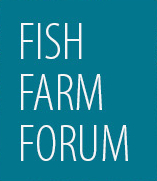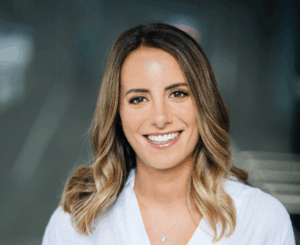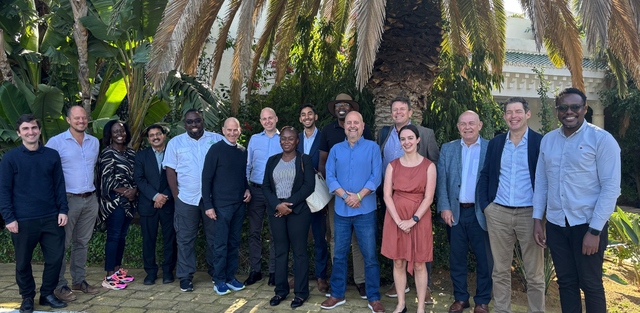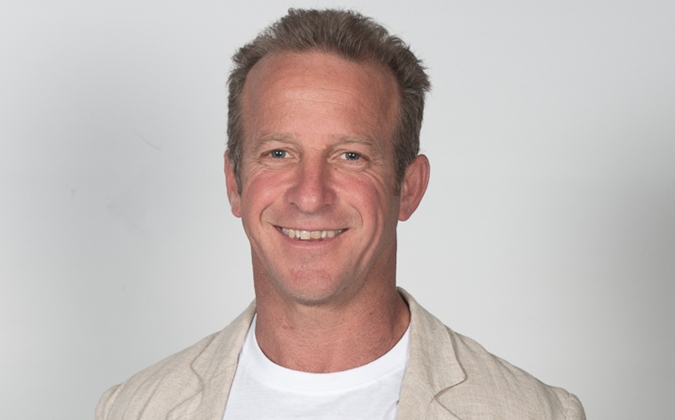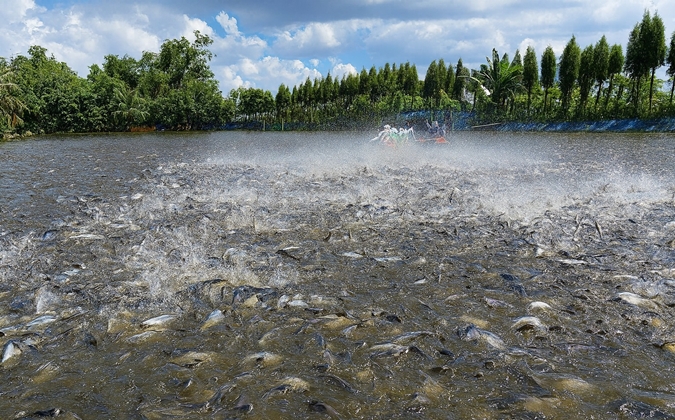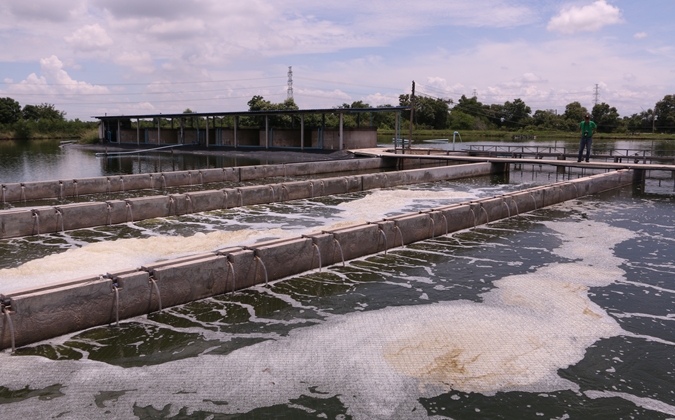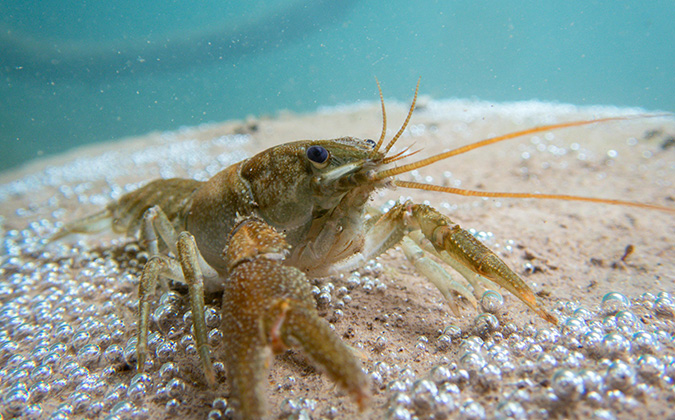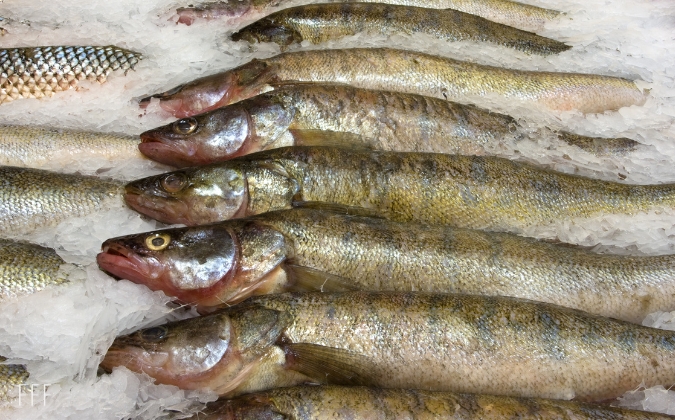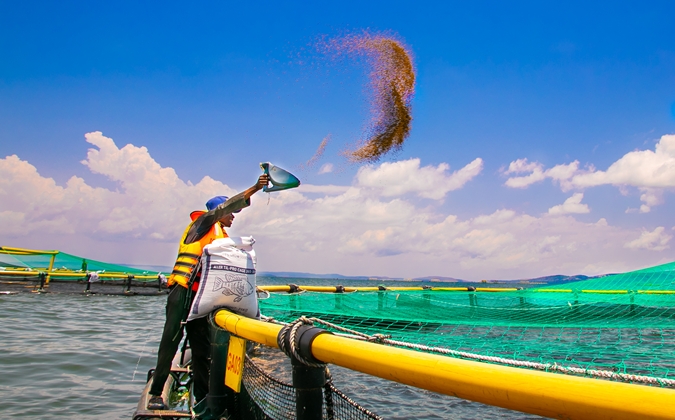
Bringing Africa’s aquaculture leaders together to ensure a sustainable future
An interview with Sophie Ryan, CEO of the Global Salmon Initiative (GSI)
Since late 2024, GSI has been collaborating with the Gates Foundation on the newly formed African Aquaculture Business Leaders Network (AABLN). How did that come about?
SR: There is a great need for the increased production of healthy and nutritious food in Africa, to support the Sustainable Development Goals and help meet food security challenges. Fish offers all the characteristics to meet this need, and what’s more fish farming enriches communities through employment, healthy food and boosting the economy. Yet despite this, the industry in Africa is still small, and there is huge potential for it to grow and contribute more.
Gates Foundation recognizes this potential and is committed to see how they can support sector growth there. Having seen the success of the GSI model in uniting private sector companies under a shared vision to accelerate industry-wide sustainability performance, they asked us to help them set up a similar business leaders’ model in Africa to see if it could yield similar results in helping transform the sector at speed and a scale to support increased access to food in the region.
Tell us more about GSI’s previous work and how that sets you up for this latest project?
SR: GSI was established over a decade ago, with a clear aim to help improve the farmed-salmon sector’s environmental performance through greater collaboration and transparency. Within GSI, the members come together to identify common environmental challenges and pool expertise and knowledge to identify improvement opportunities and make advancements that go beyond what would be possible by working alone.
Within the GSI model, we have built up the expertise to know how to structure and facilitate pre-competitive conversations to drive measurable outcomes in environmental performance. For example, through aligned data collection between members we both improve industry transparency to external audiences and use this internally to gain a better understanding of what’s working and what’s not, to help improve industry-wide best-practice performance.
The salmon sector is also one of the most advanced aquaculture sectors, and there is a lot of knowledge which can be transferred to developing sectors, whether in terms of biosecurity management or feed-conversion ratios, for example.
What we have seen in GSI is that collaboration can be a significant driver of change, and we’re confident that it can work for producers in Africa, too.
Just how large is the potential of African aquaculture?
SR: Aquaculture has huge potential for the continent, first and foremost in helping provide healthy and sustainable food for a rapidly expanding population. It has a lower environmental footprint than rearing many terrestrial animals, and provides food rich in protein and essential nutrients, such as omega-3 fatty acids, iodine, selenium, calcium, iron and zinc. On top of that, it can help provide socio-economic benefits in the region, creating employment opportunities, particularly for younger generations and women, and supporting livelihoods in often rural areas.
What are some of the common challenges African aquaculture producers face?
SR: There are several challenges the network has identified and hope to work on to overcome. The first is that there is a significant lack of awareness of aquaculture’s potential in terms of both food and economic development, and this limits the support available to companies from both governments and financial institutions.
Another challenge is the right infrastructure to support sector development — for example, easy access to feed and hatcheries which are crucial to operations.
And third, there is also a lack of the right expertise in the region. Fish farming requires training and careful understanding of fish health, biosecurity management and production to optimally support operations. Approximately 60% of Africa’s population is under the age of 25, which shows that there are many young, capable people open to the job market; however, opportunities in aquaculture are often not communicated or widely recognized, and this needs to change.
How big is the group so far?
SR: We’ve got 22 members right now, which includes business leaders from African fish-farming companies and partners in the value chain, including PHARMAQ and feed companies Nutreco and De Haus. We’re looking to increase the membership, from both fish farming and the allied industry.
How do you get different companies with different priorities to find common ground and move forward together?
SR: When you bring different companies together with different priorities, different strategies, it’s important to set a clear vision they can unite under and then a clear framework for projects where there is benefit in working collectively. In this scenario, it’s about identifying the barriers to sector growth which are challenging to overcome alone but then seeing how the collective body can catalyze changes that will lead to improvements sector-wide.
For these types of models to be successful, building trust and a culture of working together is critical. For a lot of companies, that’s a shift in perspective from the idea that you must compete and be the best — a natural way of doing business — to seeing that by working together you can often have greater impact than working alone. The members of AABLN recognize that you can be competitive and collaborative at the same time.
In aquaculture, despite different geographies or species, there are a lot of commonalities —for example, in fish welfare or feed performance — and by coming together in a common platform to exchange knowledge there is a lot that be learned and shared. This will help the sector improve its sustainability performance much quicker than if they were working independently.
Beyond the idea of competitors working together, are there any other challenges in making the network work effectively?
SR: The salmon industry is highly consolidated, with large companies that are quite used to working together in some capacity. The aquaculture landscape in Africa is not set up the same way, plus it is made up of a large number of smaller and diverse companies, and companies are often far apart and farm different species of fish. This, in theory, makes the concept more challenging, but within AABLN we are already seeing that the groups are closely aligned in their mission and in working together to find solutions.
How important is fish health as part of the sustainability picture that you’re discussing?
SR: Fish health and welfare are core pillars of sustainability in aquaculture, as farming healthier, higher-quality fish brings productivity gains and reduces the industry’s environmental impact.
Sharing information about health and welfare is important to the whole of aquaculture. Fish are often farmed in shared waters such as lakes and oceans, so it’s important to know how farms impact each other and how they can best monitor and manage these interactions.
By encouraging this collaboration at a relatively early stage in African aquaculture’s development, it allows them to set best practices in place now to support sustainable growth.
GSI’s experience is obviously in the salmon industry, which is very high-tech. How can you take what you’ve learned from salmon to the relatively low-tech fish-farming sector in Africa?
SR: All sectors start somewhere, and the salmon sector is where it is today following years of innovation, development and evolution in learning. What we hope to do through this platform is bring what has been learned from the salmon sector to other sectors where it is applicable, reducing the learning curve. Whether this is in welfare, genetics, feed or technology, there is a lot of knowledge that can be transferred.
Of course, the salmon industry can’t claim to have all the answers for Africa. But there is a lot of experience that can be shared.
Aquaculture in Africa is likely to change rapidly over the coming years. Would you expect the role of AABLN to change in line with reality on the ground?
SR: What’s special about the private sector is that change and evolution are part of its DNA, as to succeed they must change with their environments. So, no doubt within AABLN the dialogues and projects will evolve under the members’ leadership to focus where the group’s contributions are most needed.
What are the next immediate steps for the group?
SR: We have the next meeting in person coming up alongside World Aquaculture Safari, in Uganda in June. We’re launching the AABLN website so people can find out more information, and we’re working to build awareness of the group’s work and identify partners to help support this important work.
Posted on: July 01, 2025
